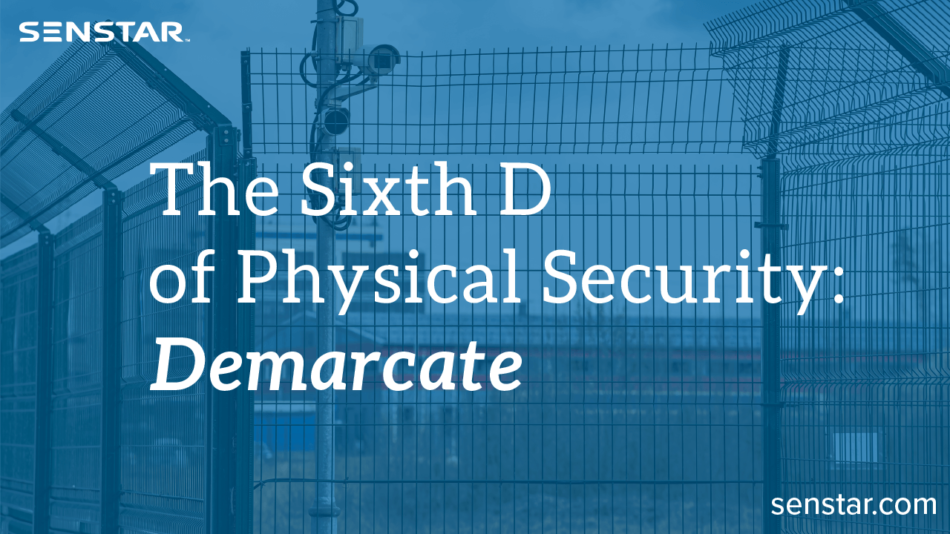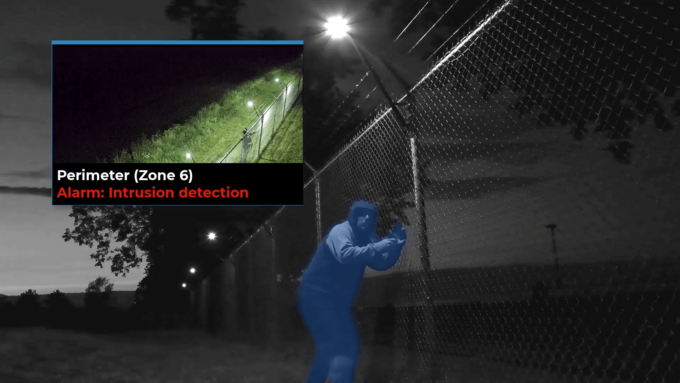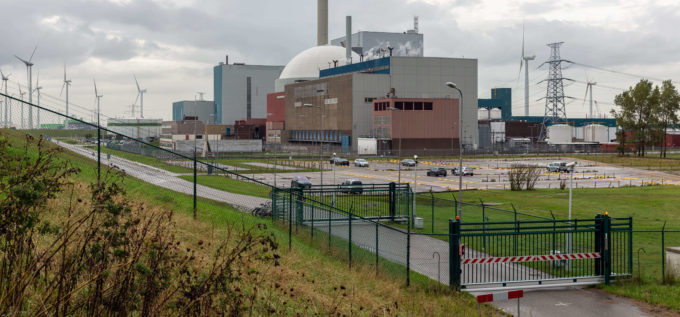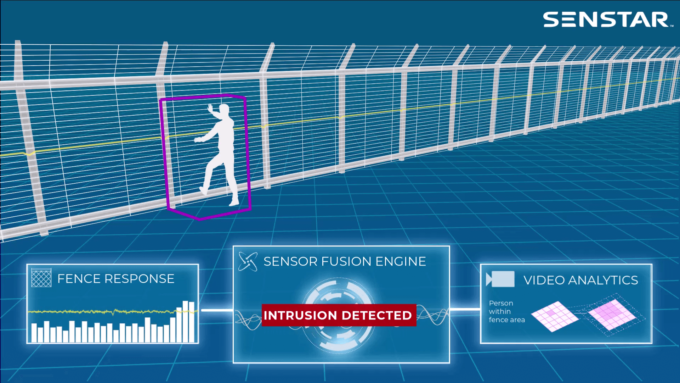The Sixth D of Physical Security: Demarcate

Physical security is often broken down into a set of general concepts, the big “Ds” of security – Deter, Detect, Deny, Delay, and Defend. This division of function is useful for reducing a complex security problem into a set of simpler ones that can be systematically addressed:
- Deter: Deterrence mechanisms are designed to discourage potential intruders in the first place. These can include fences, fence toppers like barbed wire or razor wire, signage, security lighting, and visible surveillance cameras.
- Detect: The earlier an intruder is detected, the better. Detection methods include fence sensors, buried sensors, above-ground sensors like LiDAR or microwaves, and video analytic-based intrusion detection technology as well as human-led active surveillance (via direct on-site personnel or remote video surveillance).
- Deny: Blocking intruders from gaining access is critical. This may include high-security, anti-climb fences, manned security gates, sophisticated electronic access controls systems or even just basic mechanical locks.
- Delay: Barriers like fences, fence toppers, walls, and parking controls can slow a determined intruder down, providing additional time for security personnel to respond.
- Defend: Equipped with location data provided via intrusion sensors and live surveillance video, security personnel and/or law enforcement can defend the site and apprehend the intruders, ideally while they are still at the secured perimeter.
Demarcation of the Perimeter
In the vast majority of sites, a core component of these five “D” security functions involves one of the most common and basic security devices – a fence along the perimeter. A perimeter fence provides an unambiguous way to demarcate the property line or secure area, making it clear as to where an individual can and cannot go. In fact, a clear demarcation of the perimeter is so vital to the overall security and efficient operation of a site that demarcate can be considered the sixth “D” of security.

In addition to assisting with the 5 Ds of physical security – deter, detect, deny, delay, defend – fences provide a clear demarcation of the perimeter, critical to keep a site secure
Demarcation of the perimeter via the use of security fences is, in many ways, common sense. Intruders can’t claim ignorance when attempting to bypass it (deter), can’t run or drive through it (delay), can’t easily climb over it (barbed wire, razor wire, and anti-climb features are quite effective at denying access), and their physical presence serves as a barrier to assist security personnel (defend).
A poorly demarcated perimeter can lead to higher rates of non-threat, nuisance alarms for security personnel. Fences reduce nuisance alarms generated by intrusion detection sensors that monitor open areas (e.g. radar, video analytics, or other non-barrier sensors) by physically eliminating non-threat animal and human activity. In unpopulated areas, larger animals see open areas as natural opportunities for movement and can frequently generate nuisance alarms, while humans, especially in more densely populated areas, may encroach onto the outer edges of a site without an intent to trespass.
Fence Sensors: Adding Intelligence to the Perimeter
Perimeter intrusion detection technology, like other aspects of physical security, is constantly evolving but fence sensors remain one of the best methods to detect intrusions. The technology exists in many forms (fiber optic distributed acoustic sensing, guided RF cable and embedded accelerometers being the most common) but all serve the same function: leveraging the construction and security function of the fence itself to add intelligence at the perimeter, namely by detecting and locating intrusions as they occur and notifying the on-site security system.

Fence sensors protect critical infrastructure by enhancing high security fences with additional detection capabilities
Fence sensors are easy to deploy, making them a low-risk, cost-effective option when selecting technologies to protect a site. They offer a high level of performance that is both field-proven and predictable, do not need line-of-sight coverage of the entire perimeter, have a long service life, and require minimal maintenance.
An important aspect to note with fence sensors is that they do not replace video surveillance or other sensors that monitor open areas. Video surveillance is still required for alarm assessment. For open areas like vehicle ingress/egress points or non-fenced segments, LiDAR, microwaves, video analytics, and other volumetric sensors are an ideal option for detecting unauthorized activity. Just as they augment the protection value of the fences themselves by adding detection capabilities, fence sensors augment the assessment value of cameras by providing the video management software (e.g. the Senstar Symphony Common Operating Platform or third-party system) with precise location data that can be used for automated camera call-up and the display of intrusion locations on graphical maps. Data from fence sensors can also be used to automate the triggering of additional deterrent devices like security lighting or PA systems.
Sensor Fusion: The Next Generation of Sensing
As impressive as the current generation of fence sensors are in securing sites, Senstar is the first to admit that no single technology is perfect for all use cases. That’s why Senstar incorporated fence sensors into its next-generation of sensing technology: the Senstar Sensor Fusion Engine (SFE). The SFE is a breakthrough technology that synthesizes data from separate systems to generate actionable information. Specifically, the SFE uses low-level fence response data obtained from Senstar fence sensors and synthesizes it with Senstar’s AI-enhanced video analytics to improve intrusion detection performance while defeating nuisance alarms once and for all. Not only does the SFE virtually eliminate nuisance alarms, the detection process benefits from the strengths of the different individual technologies to maximize the probability of detection, ensuring the highest level of security.

Senstar Sensor Fusion synthesizes low-level data from fence sensors and video analytics to improve overall detection while defeating nuisance alarms once and for all
It’s About Solutions, Not Specific Technologies
For over 40 years, Senstar has continued its path of innovation, bringing to market new physical security products and solutions. Rather than focusing on one technology and trying to make it work for a diverse set of applications, Senstar offers the industry’s most comprehensive portfolio, ensuring our customers deploy the best technologies for the job at hand. And with Senstar, rest assured that any solution is field-tested, integrated, and designed to work for years to come.


